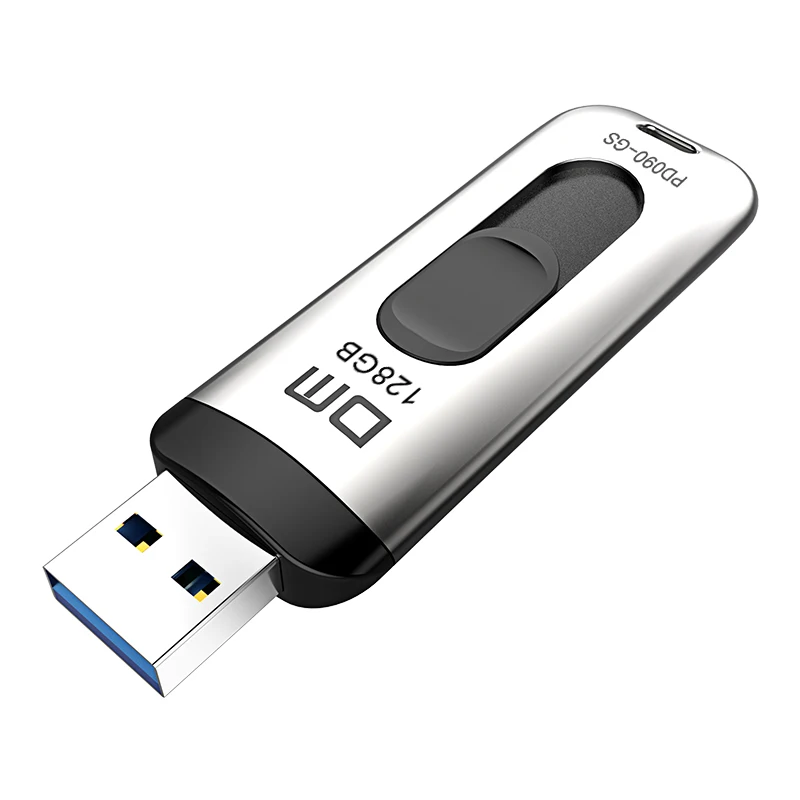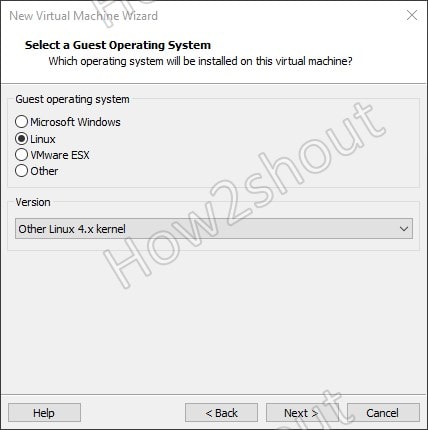


You should see the check mark and get the Kali boot screen. Power off your VM, eject the drive from the Mac, and power on the VM again with the USB settings screen up. If you don’t get a check mark, this means that your Mac has grabbed the USB drive.

Immediately, you should see the USB Settings screen update with a check next to your USB device: (You can also expand your toolbar and look at the USB icon). Go to “Settings” -> “USB Devices” and leave this settings screen up next to your powered-off VM. If you run into problems, you have a few options. Now we can power on the VM, and it should boot to Kali. To remove the hard disk, go to “Disks” and then expand the “Advanced options” and click “Remove Hard Disk”. The “Plug In Action” should be set to “Connect to Linux”. If you are using USB-C, ensure that you have USB 3.0 selected. In “USB Devices” ensure that “USB Compatibility” is set to “USB 3.0” if you have a compatible setup. Now we can get into the USB section and ensure everything will work like a real system. Optionally, check “Use full resolution for Retina display”. This is an optional option, however it improves the performance. Next, in “Display”, check “Accelerate 3D Graphics”. Ensure at least 2048MB memory is allocated, and at least 2 cores. Processīe sure to select “Linux” and the latest Debian 64-bit versionĬreate a new virtual disk (This will be removed later) Since then there have been some updates to VMware Fusion that make this process a bit easier.Īs a review, we will be creating a VM that has no hard drive attached and will boot the USB off of EFI. This can come in handy if a USB is not working how it should, as it can reduce time from needing to reboot or transfer it to another machine. A few years ago we released a blog post on VMware Fusion Kali USB Boot.


 0 kommentar(er)
0 kommentar(er)
